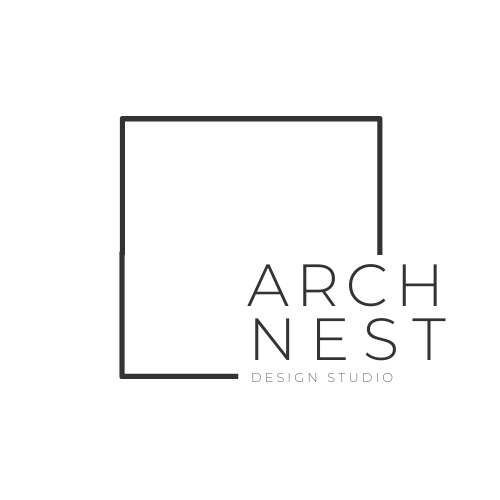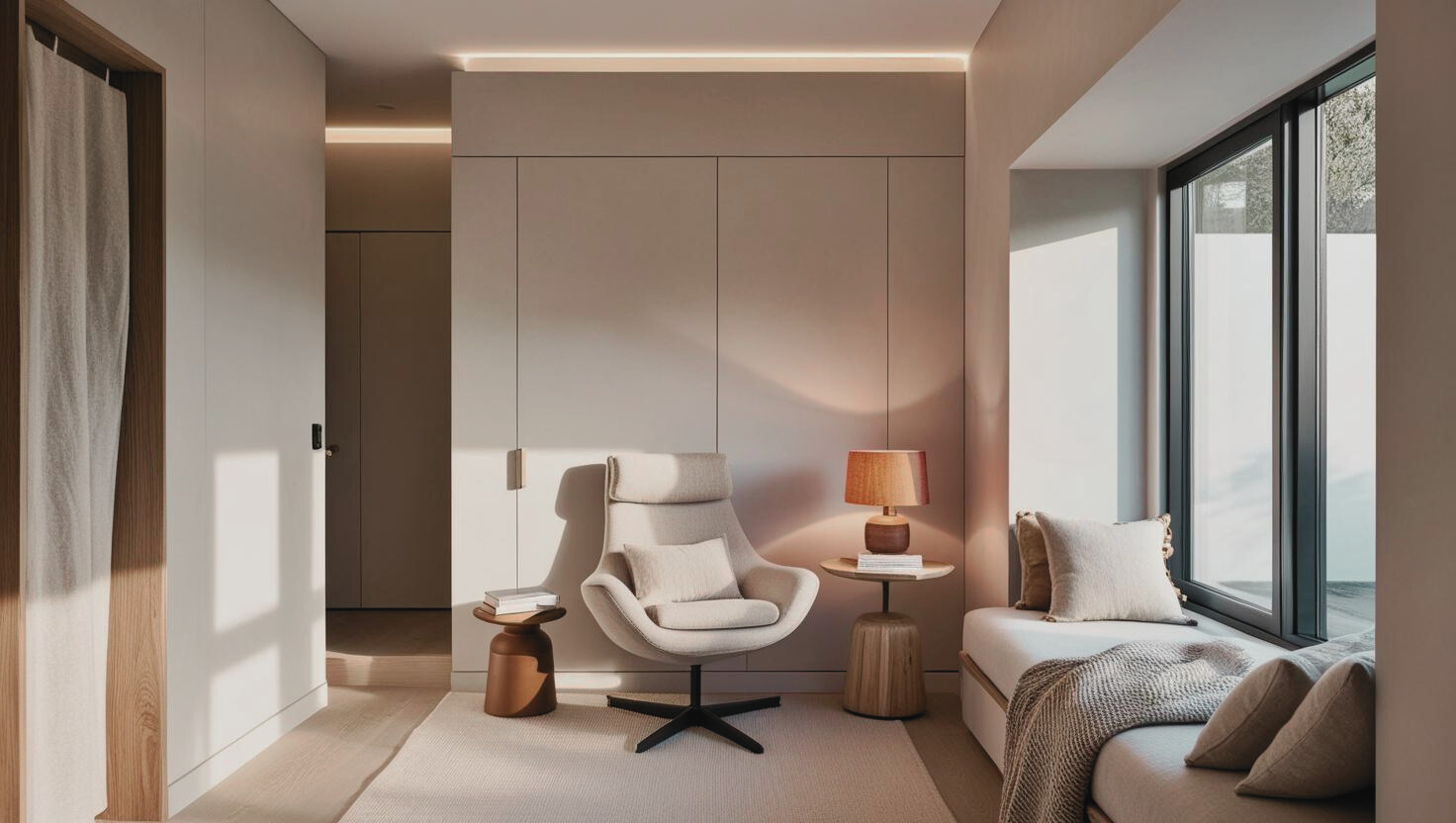The Power of Light in Interior Design
Light is one of the most powerful tools in interior design—but it’s often the most overlooked.
We spend endless hours selecting colours, textures, and furnishings, but the right lighting can make or break the mood, functionality, and aesthetic of a space. Light doesn’t just help us see—it helps us feel. And in today’s homes, workplaces, schools, and hospitals, understanding how to harness its power can dramatically improve well-being, productivity, and quality of life.
Natural Light: The Unsung Hero of Health & Happiness
Research consistently shows that exposure to natural light enhances mood, improves sleep, and increases energy levels. A landmark study published in the Journal of Clinical Sleep Medicine found that workers exposed to more daylight in the office slept longer and better than those in artificially lit environments.
Natural light also increases serotonin levels—a key hormone for stabilising mood and promoting feelings of happiness. This is why, in neuroaesthetic and salutogenic architecture (two of the principles we use at ArchNest Design Studio), natural light is treated as a fundamental design element—not just an afterthought.
Design Tip:
Maximise natural light with larger windows, skylights, glass doors, or internal glazing. Use lighter wall colours and reflective surfaces to bounce light deeper into the space.
Lighting as a Mood Setter
Lighting can radically alter the perception of a room. Think of the warm, golden glow of a pendant light over a dinner table vs. the crisp, energising brightness of a home office task lamp. The temperature, intensity, and direction of light all influence how we experience a space emotionally.
Cooler, blue-toned light boosts alertness and focus, making it ideal for workspaces and kitchens. Warmer light, on the other hand, promotes relaxation and comfort—perfect for bedrooms, bathrooms, and living areas.
Design Insight:
Layering light (ambient, task, and accent) creates flexibility and allows rooms to adapt to different moods and uses throughout the day.
Biophilic Design: Light as a Connection to Nature
Biophilic design—an approach that connects people with nature through architecture—has shown profound impacts on health and productivity. Natural light plays a central role in this, mimicking the rhythms of the sun and supporting our circadian rhythms.
Daylight tells our bodies when to wake, work, and rest. Without it, we become disconnected from our internal clocks, leading to fatigue, poor concentration, and disrupted sleep.
Design Insight:
Design spaces with a strong visual connection to the outdoors. Orient main living areas to face east or south for maximum sun exposure. Consider circadian lighting systems that adjust in temperature and brightness throughout the day to support natural body rhythms.
Lighting for Wellbeing: More Than Just Aesthetic
The WELL Building Standard—an international benchmark for creating healthier environments—places a strong emphasis on lighting. It recognises that light impacts everything from hormone levels to visual comfort and emotional health.
According to WELL guidelines, proper lighting design can help reduce depression, improve learning outcomes, and enhance healing in healthcare settings.
At ArchNest, we embrace this thinking across every project—from homes to hospitals—because when you design with light in mind, you’re not just creating beautiful interiors. You’re designing healthier lives.
How to Rethink Lighting in Your Own Home
Here are a few easy yet impactful ways to use light more consciously:
Reflect & amplify: Add mirrors opposite windows to reflect daylight and expand brightness.
Switch bulbs smartly: Replace harsh white LEDs with warmer-toned bulbs in relaxing zones like the bedroom or living room.
Go dimmable: Install dimmer switches to control mood and adapt lighting to time of day.
Think vertical: Tall lamps and sconces can add interest and softness while guiding the eye upward, making rooms feel taller.
Embrace statement pieces: A sculptural pendant or backlit panel can act as both light source and art.
Final Thoughts
Light is not just a functional necessity—it’s a dynamic, emotive element of design that shapes our daily experience.
When we design with light, we don’t just illuminate spaces—we energise them, soften them, humanise them. We create rooms that rise with us in the morning, calm us in the evening, and support us throughout the day.
At ArchNest Design Studio, light is at the heart of our design philosophy—because beautiful design should not only be seen. It should be felt.





